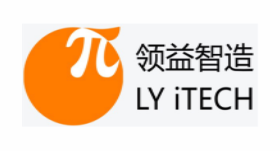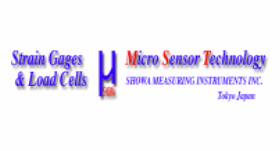According to the classification of input information sensors:
According to the input, the sensor is classified as weighing sensor, displacement sensor, speed sensor, acceleration sensor, temperature sensor, pressure sensor, flow sensor, force sensor, color sensor, magnetic sensor, etc., which is named after the input amount (being measured). This classification is very convenient for sensor applications.
Classification of sensors by working principle:
According to the different working principles of the sensor, the sensor can be divided into physical sensor and structural sensor.
The physical sensor is a sensor that can be made of a biological sensor using some transforming elements, and it can be divided into a physical immobility sensor and a structural sensor.
The physical property sensor is a sensor that uses the inherent characteristics and effects of some functional materials themselves to convert the measured electricity directly. For example, temperature sensors made of thermocouples use the thermoelectromotive force effect of metal conductor materials and the contact electromotive force effect between different metal conductors to achieve temperature measurement; The pressure sensor made of piezoelectric crystals is the use of piezoelectric material itself has a positive piezoelectric effect and the real elastic material coil is the material itself, there is no "structural change", therefore, usually has the characteristics of fast response, and easy to achieve miniaturization, integration and intelligence. The structural sensor is based on the structure (such as shape, size, etc.). Under the action of measurement, its structure changes, and some physical laws are used to obtain the electrical signal output in proportion to the non-electric quantity to be measured. Such as oil and gas seismic exploration of the geophone. When there is seismic mechanical vibration on the ground, the coil moves relative to the magnet and cuts the magnetic force line, according to the law of electromagnetic induction, the induced electromotive force is generated in the coil, and the size of the induced electromotive force is proportional to the relative motion speed between the coil and the magnet, and the electrical signal output by the coil is consistent with the speed change law of the ground mechanical vibration. The performance of this type of sensor has little to do with its structural material, only with its "structural change".
Chemical sensors are sensors that use the electrochemical reaction principle between sensitive materials and substances to convert inorganic and organic chemical components and concentrations into electrical signals, such as gas sensors, humidity sensors and ion sensors.
Biosensors are sensors composed of biological effects of materials, such as enzyme sensors, microbial sensors, physiological quantity (blood composition, blood pressure, heart sound, blood protein, hormones, muscle strength, etc.) sensors, tissue sensors, immune sensors, etc.
Classification of sensors by application range:
According to the different application scope of the sensor, it can usually be divided into industrial, agricultural, civil, scientific research, medical, military, environmental protection and household appliance sensors. If according to the specific use occasion, it can also be divided into automobile, ship, aircraft, spacecraft, disaster prevention sensors and so on. If the purpose of use is different, it can be divided into measurement, monitoring, inspection, diagnosis, control and analysis sensors.

































